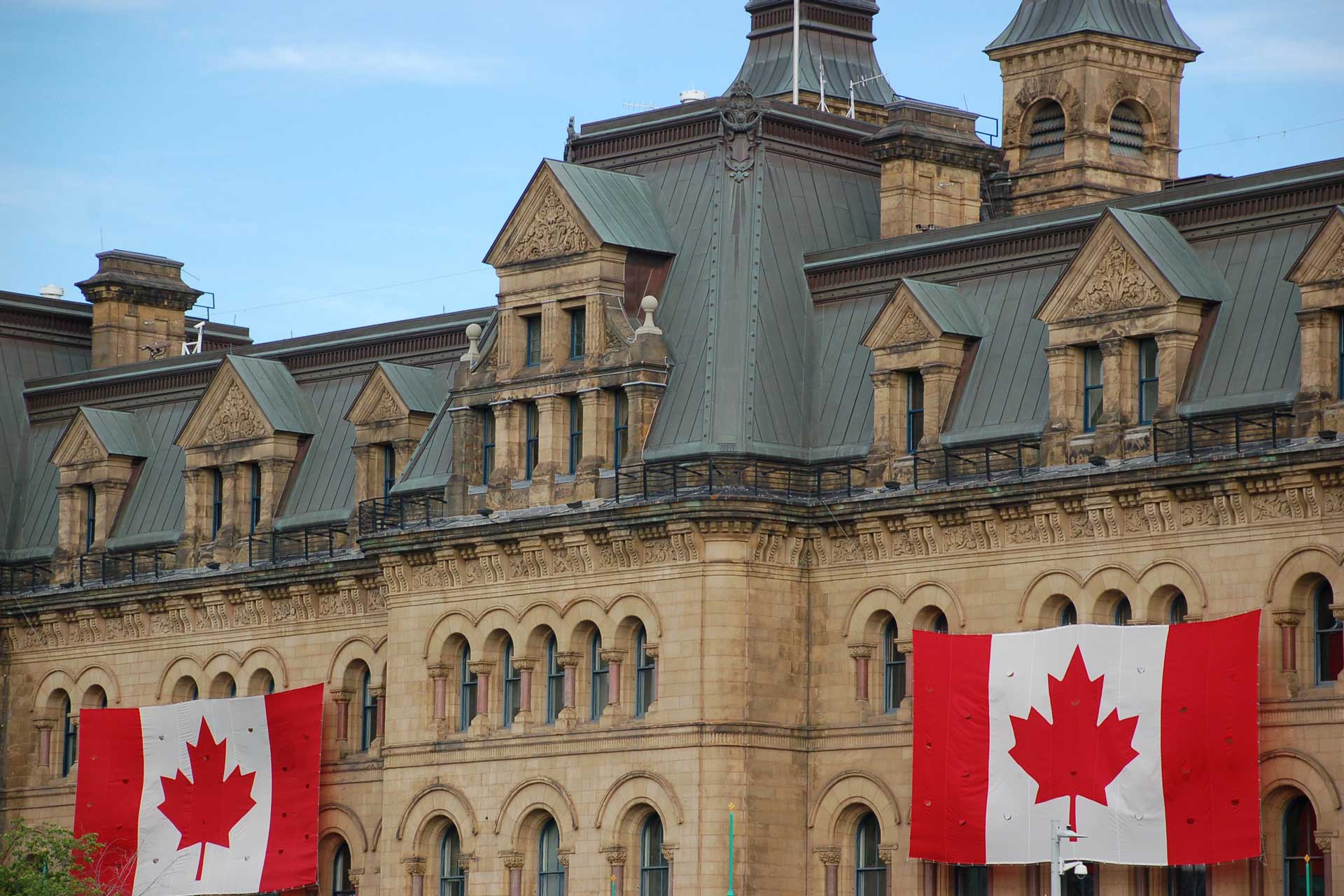Immigration to Canada
Certainly! Immigration to Canada is a popular choice for many individuals and families seeking new opportunities. Canada is known for its welcoming immigration policies, diverse culture, and high quality of life. Here is an overview of immigration to Canada:
1. Types of Immigration Programs:
a. Express Entry System:
- The Express Entry system is a points-based immigration system for skilled workers.
- It includes three main programs: Federal Skilled Worker Program (FSWP), Federal Skilled Trades Program (FSTP), and Canadian Experience Class (CEC).
- Candidates are ranked based on factors like age, education, work experience, and language proficiency.
b. Provincial Nominee Programs (PNPs):
- Provincial Nominee Programs allow Canadian provinces and territories to nominate individuals for permanent residence based on their specific needs.
- Each province has its own PNP with unique criteria.
c. Family Class Sponsorship:
- Canadian citizens and permanent residents can sponsor close family members for immigration, including spouses, children, parents, and grandparents.
d. Refugee and Humanitarian Resettlement:
- Canada is committed to providing a safe haven for refugees through various resettlement programs.
2. Permanent Residency:
- Permanent Residency (PR) is the most common form of immigration, allowing individuals to live, work, and study anywhere in Canada.
- PR holders are eligible for Canadian citizenship after meeting residency requirements.
3. Temporary Residence:
- Temporary visas are available for individuals who want to work, study, or visit Canada for a specific period.
- Common types include work permits, study permits, and visitor visas.
4. Language Proficiency:
- Language proficiency is a key factor in Canadian immigration.
- English and French are the official languages, and language tests such as IELTS and CELPIP are commonly required.
5. Express Entry Process:
- Create an Express Entry profile online.
- Receive a Comprehensive Ranking System (CRS) score based on profile information.
- Regular draws invite candidates with high CRS scores to apply for permanent residence.
6. Provincial Nominee Programs (PNPs):
- Apply directly to a specific province’s PNP or be nominated through Express Entry.
- Criteria vary by province and may include factors like job offer, education, and work experience.
7. Citizenship:
- Permanent residents can apply for Canadian citizenship after meeting residency requirements.
- Citizenship provides additional rights and responsibilities, including the right to vote.
8. Immigration Consultants:
- While not mandatory, some individuals choose to work with immigration consultants or lawyers to navigate the complex immigration process.
9. Integration Services:
- Various services and programs help newcomers integrate into Canadian society, including language courses, employment assistance, and cultural adaptation support.
10. Updates and Changes:
- Immigration policies and programs may change over time. It’s important to stay informed about the latest updates from Immigration, Refugees, and Citizenship Canada (IRCC).
Useful Resources:
- Immigration, Refugees, and Citizenship Canada (IRCC)
- Express Entry System
- Provincial Nominee Programs
If you’re considering immigration to Canada, it’s advisable to check the official website of Immigration, Refugees, and Citizenship Canada (IRCC) for the most up-to-date and accurate informatio

